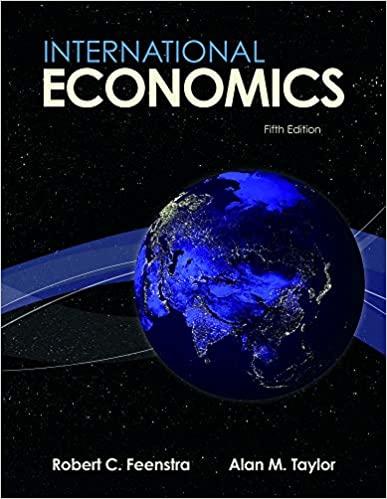During the mid-1990s, Mexico maintained an exchange rate peg against the U.S. dollar. When President Zedillo took
Question:
During the mid-1990s, Mexico maintained an exchange rate peg against the U.S. dollar. When President Zedillo took office in December 1994, he faced several challenges. The assassination of a presidential candidate (Luis Donald Colosio) and the rebellion in Chiapas had led to an increase in the expected future exchange rate.
a. Using the IS‒LM diagram for Home (Mexico) and Foreign (the United States), illustrate the impact of this change in investor expectations, assuming the Banco de Mexico responds to maintain a fixed exchange rate.
b. How would the change in exchange rate expectations and the subsequent central bank response affect the government budget, trade balance, domestic interest rates, and output?
c. When president-elect Ernesto Zedillo took office, he was forced to make a decision between either establishing an exchange rate band (effectively floating the peso against the dollar) or continuing the monetary policy mentioned previously. President Zedillo decided to establish an exchange rate band. The former President Salinas referred to Zedillo’s policies as “el error de diciembre,” or “the December mistake.” Do you believe this decision was a mistake? Explain, considering the trade-offs between output stabilization and exchange rate stability.
d. Suppose that a large share of Mexico’s external debt is denominated in U.S. dollars. How does this affect your answer to (c)?
Step by Step Answer:






